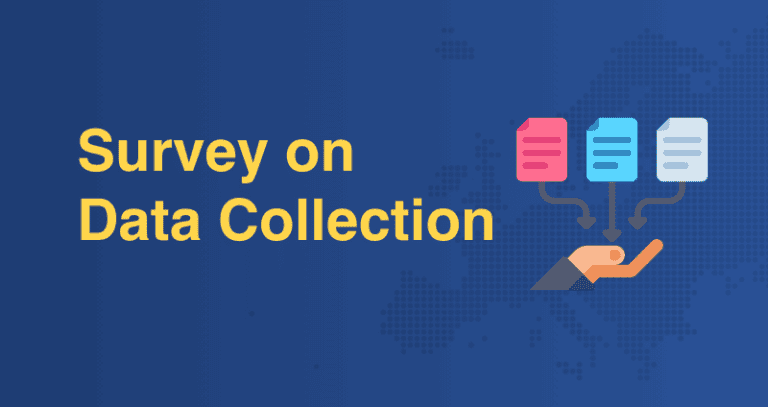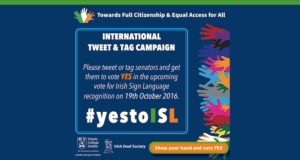Data collection represents a crucial tool to ensure the meaningful and progressive implementation of the UN Convention on the Rights of Persons with Disabilities (CRPD) that is inclusive of deaf people. Article 31 CRPD highlights the importance of data collection disaggregated by disabilities by imposing this obligation on States Parties to the Convention. Data disaggregated by disabilities means that distinct and accurate data reflecting the number of each disability constituency is collected by State Parties. Data on the number of deaf people is practically non-existent within the European Union (EU) and this must be changed.
Introduction
Accurate and comprehensive data is crucial for identifying the requirements, experiences, and disparities faced by deaf communities across the EU. With the use of data on deaf people, policymakers, researchers, and civil society organisations (CSOs) can gain an overview of the social, educational, and economic barriers faced by deaf people, enabling the development of targeted policies and measures to address these. Collecting data disaggregated by disabilities would also support the realisation of Principle 17 of the European Pillar of Social Rights1 (EPSR) which fosters the importance of income support for the full social and economic inclusion and participation of deaf people in their societies. Furthermore, accurate and reliable data on the number of deaf people would constitute an invaluable tool for EUD member organisations – National Associations of the Deaf (NADs) – to back-up their advocacy efforts in working towards the realisation of their social and human rights in the EU.
Nevertheless, there is a lack of data on the number of deaf people at the national level. Additionally, all data that is collected should consist of indicators pertaining to the educational, social and economic situation of deaf people. Moreover, any national level data that does exist on deaf people does not consider the intersecting identities. Indeed, both at national and EU level, there is a lack of disaggregated data on deaf people representing their intersecting identities such as disabilities, gender, age, and BIPOC (Black, Indigenous, and People of Colour). In addition, any data that is collected is often characterised by a medical approach which, contrary to the human rights approach, reflects the percentage of hearing loss without establishing the full picture of their barriers and challenges in society.
Consequently, EUD has developed a survey exploring the degree to which data collection on deaf people is taking place at the national level and, when it is, whether this data is disaggregated. EUD disseminated this survey on data collection among its members – 31 National Associations of the Deaf (NADs) – during the months of April and May 2023. The questions in the survey aimed to exploring the national government engagement with NADs, the disaggregation of data, as well as the awareness of NADs on the importance of undertaking data collection. This report includes all the questions from the survey and provides a summary and an analysis of the findings.
Conclusion













